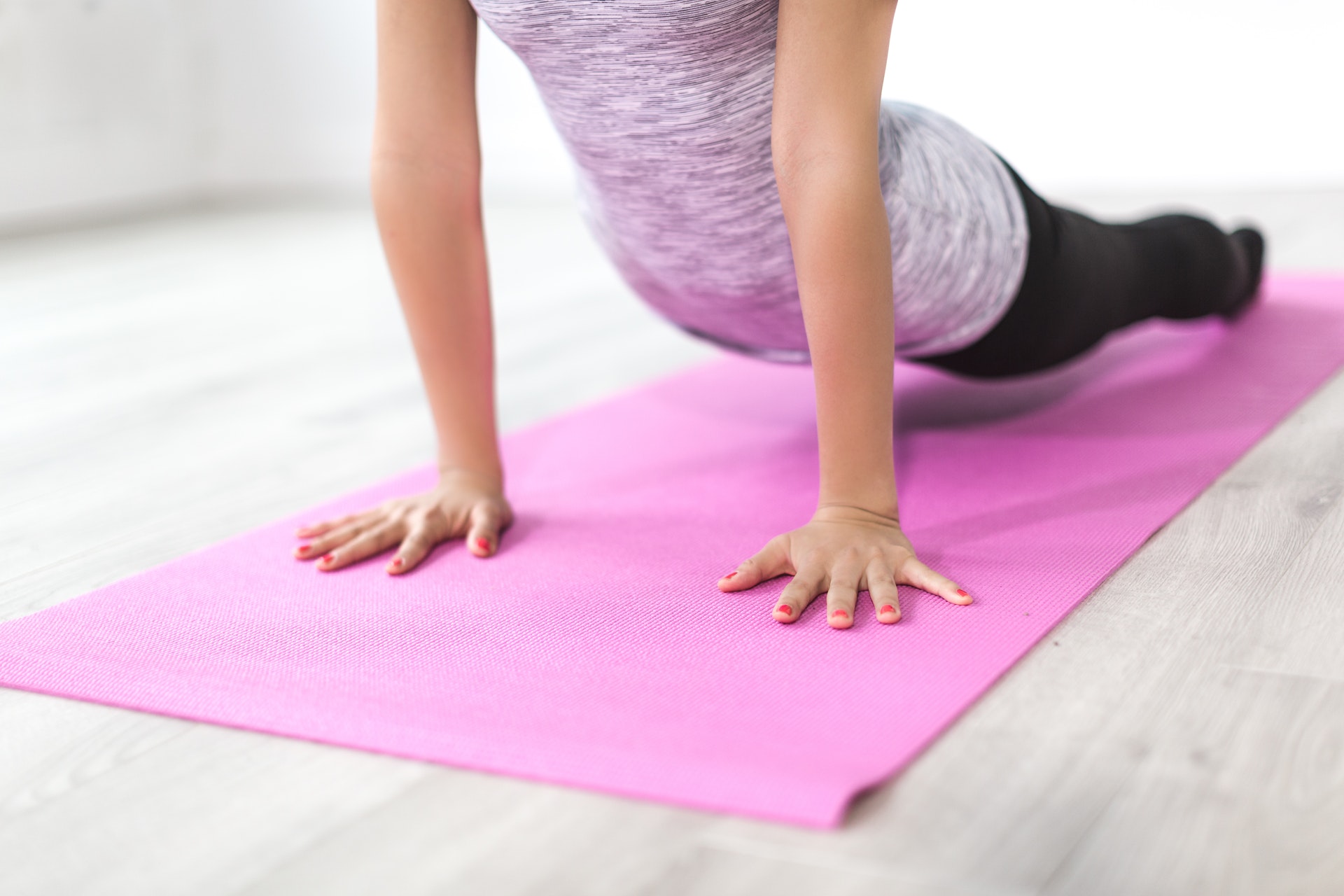
We are a reader-supported education publication. When you buy through links on our site, we may earn an affiliate commission to help us keep providing content.
What can you do for great mental health activities? Hint — it’s not watching the news or scrolling social media.
However, other activities can give you a positivity boost. The next time you feel down, try one of these eight mental health activities for a healthier you.
1. Volunteer
Your neurotransmitters dictate much of your mood, and more of the positive ones can bring a smile to your face. Perhaps the quickest way to do so is to lend a helping hand to someone in need. Volunteering releases a flood of endorphins and substances like serotonin and dopamine that make you feel better.
Helping others also gives you a sense of agency — that you can make a positive difference in your world. If you feel like nothing you do is of any use, seeing the smile on another’s face when you lend them a hand can restore your faith in yourself.
2. Phone a Friend
Humans are inherently social creatures. However, you might tend to isolate yourself when you feel depressed or overwhelmed when connection could help you the most.
Why not call a friend you haven’t spoken with in a while? If no one comes to mind, is there an older family member who might appreciate a “just for so” hello?
If you long for someone new in your life, why not consider a pen pal? You can find various websites that safely connect you with new friends all over the world.
3. Journal
Journaling is a fabulous technique for getting in touch with your inner world and relieving stress. You can use it to work through challenging problems, determining the best course for resolution. You can also vent your ire in a safe place, unlike doing so online — which can have unintended consequences.
You can choose whatever medium suits you best. Various diary and journal apps give you prompts and put writing convenience in the palm of your hand. However, you might do better by putting pen to paper. If so, invest in a pretty journal and pen set, available for less than $20 at many retailers. The attractive quality will encourage you to put your thoughts to paper.
4. Take a Walk
Exercise is one of the best mood boosters there is. It stimulates endorphins, natural opioid-like substances that decrease pain and make you smile.
Taking a walk is one of the best forms of physical activity because nearly anyone can do it, and it’s free. All you need is a sturdy pair of shoes. If you can get away from linear buildings and into a natural setting, all the better. Research suggests that even spending time in nature can help improve your overall mood. Combining it with motion is a one-two smile-inducing punch.
5. Play With Animals
Do you have a pet? If so, you already know the benefit of spending time with them to improve your mental health.
However, if your dorm or apartment says “no dogs — or cats, or reptiles — allowed,” you might have to get creative. Can you volunteer at a shelter as a walker or a socializer of kitties? Is there a ranch near you that could use an extra hand with the horses?
6. Dance
Music has the power to elevate your mood. Combining it with motion is even more powerful.
This activity might do more than put a smile on your face. Researchers compared dance with several other activities like riding bikes and doing crossword puzzles for preventing Alzheimer’s disease. Dance came out the clear winner because of the neuroplasticity involved in following the steps while moving your body.
7. Practice Yoga
Yoga is an ancient mind-body exercise that can help you recover a sense of control over your body if you’ve experienced trauma. It’s also fabulous for those who simply want a mood boost from the endorphins and deep breathing you’ll get in a typical class.
There’s a style to fit every body and fitness level, from energetic power vinyasa classes to gentle, relaxing yin. You can practice at home or in the studio. YouTube is a fantastic resource if you’re still hesitant to sweat with others due to Covid.
8. Meditate
Meditation has the power to change your brain. Regularly indulging in this practice is a type of self-directed neuroplasticity where your mind forms new connections. It takes time and patience, but you can use this methodology to heal from PTSD and ease chronic pain.
You don’t need much more than a quiet place to sit and breathe to get started. Focus only on your inhalations and exhalations as you attempt to clear your mind. Thoughts will intrude — it’s natural. Instead of giving in to the emotional charges such ideas might bring, observe them as a neutral scientist would, observing each one, then letting it go.
You can also find guided meditations on various apps and YouTube. These allow you to enter a deep, relaxed state while you listen to positive suggestions and reprogram negative thoughts that keep you feeling trapped.
Mental Health Activities for a Happier You
You know you need to exercise your body, but what about your brain? Your emotions deserve love, too. Try one of these mental health activities for a happier you.









